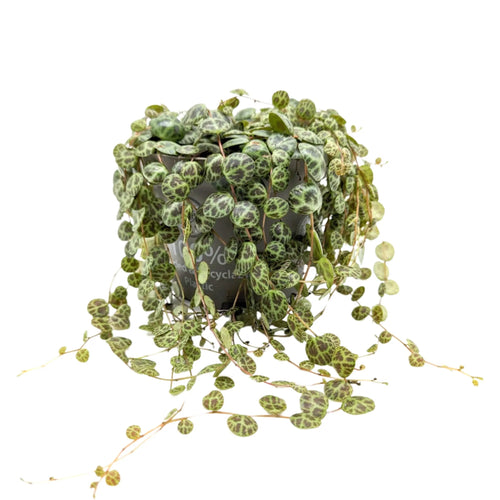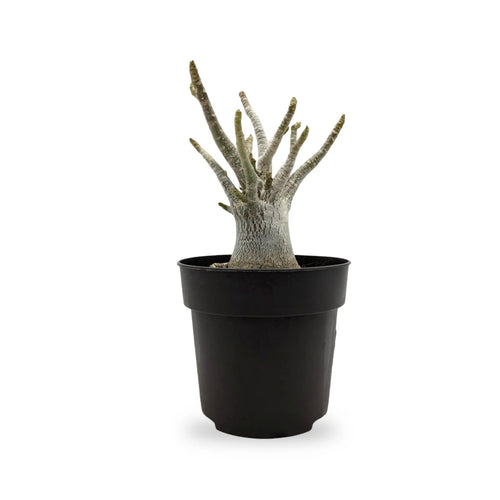The scientific name of Rattlesnake Plant is Calathea lancifolia. It is a fascinating foliage house plant that has captured the hearts of indoor plant fans all over the world. Native to rainforests of Brazil, this plant belongs to the Marantaceae family. It is also prized for its exceptional and intricate leaf patterns. In the 19th century, it was introduced to Europe. Due to its exotic appearance and ability to thrive indoors, this plant gained fame quickly.
How to Care for the Rattlesnake Plant
At the start, caring for Rattlesnake Plant may appear tricky, but with just a little knowledge, this house plant is really not that hard. First things first, this plant is sensitive to overwatering. Make sure the soil is moist but not waterlogged (itherwise root rot will eventually set in). Try to use distilled water or dechlorinated tap water as it can help in the prevention of the build-up minerals that are dangerous for the plant. To make a perfect environment place a tray of water nearby or mist the leaves. Because maintaining a moist surrounding is very important.
How the Plant Grows
Known for its striking foliage, the Rattlesnake Plant showcases lance-shaped leaves. These leaves have complex patterns that resemble the skin of a rattlesnake. These patterns aren't just for aesthetics. They play a key role in the plant's survival. During the day, the leaves open up to capture sunlight and photosynthesise, and at night, they fold upwards to conserve moisture. This unique feature, called nyctinasty, is a captivating example of nature's ingenuity.
Why the Plant is Popular in the UK
The Rattlesnake Plant is popular in the UK because it has the ability to thrive in low-light conditions, commonly found in British homes. Its fascinating leaf patterns and comparatively low maintenance requirements further contribute to its popularity.
What Pests Trouble this Plant
Common culprits include spider mites, mealybugs, and aphids. These pests can damage the leaves and disturb the overall health of the plant. Frequently checking the plant's leaves, particularly the undersides, and using a gentle soap and water solution or neem oil can help keep these pests at bay without harming the plant.
What Diseases Trouble it
Rattlesnake Plants can face some fungal diseases. They harm the plant in moist environments. Leaf spot is an issue due to which small brown spots appear on the leaves of the plant. By adopting proper watering techniques and airflow efforts we can avoid diseases.
Summary
Due to its rich background and attractive appearance, the Rattlesnake Plant is considered a beloved indoor Plant in the UK. Its unique leaf pattern makes it an ideal choice for homes, offices, and some other indoor spaces. It needs attention to watering and humidity. Knowing its growth, caring needs, and avoiding pests and diseases, you can enjoy the beauty of the Rattlesnake Plant. In this way, you can convert your indoor space into a lavish, tropical oasis.








